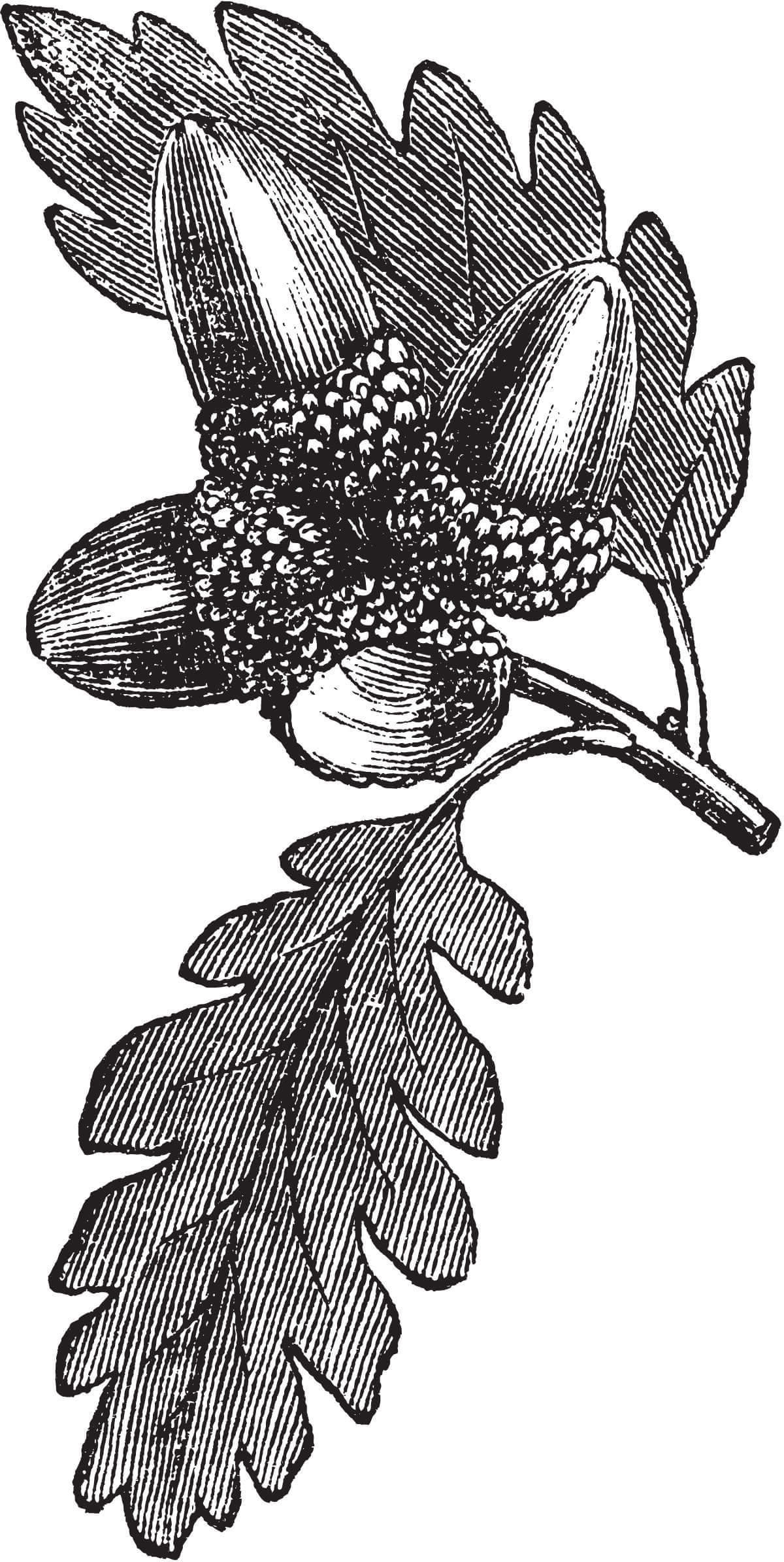How the Celtic Day of the Dead Became Hallowe’en
Category: Blog, Board, Culture
By LandPaths Staff
October 29, 2020
by Michael Ellis, LandPaths’ Board of Directors and Footloose Forays
Hallowe’en is my favorite American holiday. This celebration evolved from the ancient Celtic Day of the Dead. The Celts of Ireland, Scotland and England divided their year into two parts – winter and summer. November 1st was considered the end of summer and the beginning of winter. It was the time of harvest and of preparation for the coming cold. They called this holiday Samhain (pronounced saw‑ween) and considered it New Years Day.
November 1st is about midway between the autumnal equinox and the winter solstice. Dividing the seasons in this manner makes sense. For us winter begins on the day of the longest night, the solstice. But for the Celts the solstice was in the middle of the winter.
Samhain
Samhain was the most important Celtic holiday during the year. On its eve all the animals and people that had died the previous year made the transition from the material world into the spiritual realm. Boundaries dissolved; the edge between the living and the dead became blurred. It was a powerful time, a little bit scary and anything could happen.
Sunset on Samhain marked another edge, the edge between day and night. Dusk had a special meaning. The spirits began their journey at this interval of light and dark. The people lit bonfires to help the apparitions on their way and to keep the dead away from the living. Families left food and drink out to mollify the spirits. Gates and doorways, also boundaries, were protected with symbolic decoration.
In the 7th Century the Christians arrived in the British Isles to spread the word of their God. Pope Gregory the First had earlier issued an edict to his missionaries. Instead of trying to subvert the customs and beliefs of native peoples, the pope instructed his evangelists to use them. If the locals worshipped a rock, then don’t destroy the rock but dedicate it to Christ.
Dressing Up in Ancient Times
Obviously this strategy worked very well for the Catholics. They managed to transform Samhain to the Christian Feast of All Saints. November 1st now commemorates all the Saints, especially those who do not have their very own holiday. All Saints Day was often celebrated the night before and became All Hallows’ Eve. It then changed to Hallow Even and eventually to Hallowe’en. The church reduced the once powerful Celtic priests, the Druids, to devils. However they did not rid the land of the Celtic gods, they still exist (albeit a bit smaller) in the form of leprechauns and fairies.
Most of present Halloween traditions can be traced to the Celts. People began dressing up as the spirits and performing tricks in exchange for the food and drinks left out for the spirits. This eventually evolved into trick or treat. Favorite costumes are still spirits and include ghosts, witches and skeletons.
From Carved Turnips to Pumpkins
The jack o’lantern was originally a carved turnip. This practice is derived from the tale of Jack the Blacksmith. Jack chose worldly wealth granted by the devil over everlasting peace granted by God. When he died Jack was locked out of both heaven and hell. But before the last gate of Hell slammed shut he scooped up some burning coals into the turnip he was eating. This lantern now lights Jacks way as he wanders the earth waiting for Judgment Day. On Hallowe’en we still help Jack on his journey.
The Irish immigrants brought Hallowe’en to the United States after the great potato famine of 1849. And while the holiday is still primarily for children, American adults have embraced it wholeheartedly. It has become a Mardi Gras, a time of liberation from boundaries. People are freed from the constraints of our social mores. We dance away our fears. We feel liberated and alive. Like our pagan ancestors we mock the darkness that is death. What more could you ask of a festivity?
Michael Ellis, Board of Directors at LandPaths
" Dusk had a special meaning. The spirits began their journey at this interval of light and dark. The people lit bonfires to help the apparitions on their way and to keep the dead away from the living. Families left food and drink out to mollify the spirits. Gates and doorways, also boundaries, were protected with symbolic decoration. "

